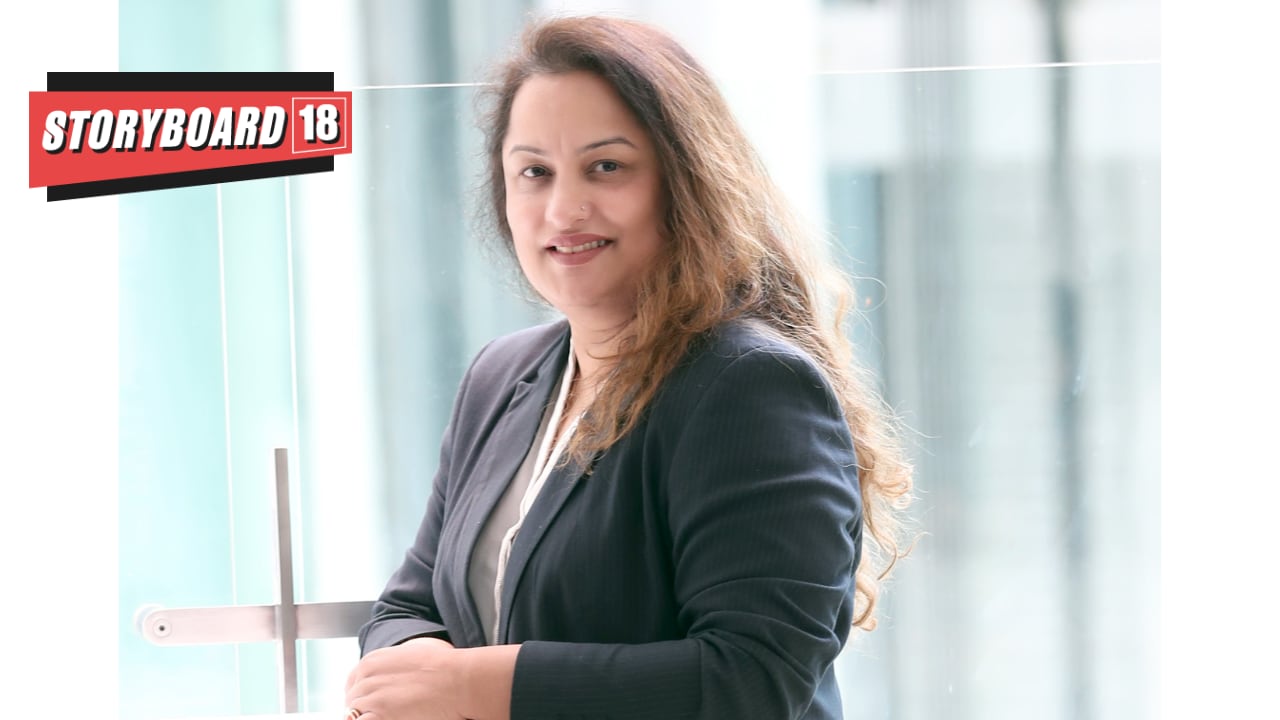Gurugram-based Airtel Payments Bank’s chief marketing officer, Shilpi Kapoor, told Storyboard18, that the firm is not currently looking at sponsoring any Indian Premier League (IPL) teams. “However, in terms of integration with the IPL, our target audience consists of frequent digital transactors who are always online. Therefore, we are exploring integrations with OTT platforms and food delivery services.” We caught up with Kapoor who shed light on the payments bank’s plans and outlook for 2025. Read on.
Edited excerpts
Q: What’s your outlook for marketing spending for FY25?
Category creation will require significant investments from the bank, and we are anticipating an increase in spending this year, potentially by 25 to 30 percent. While we are looking at a substantial rise in our marketing budget, I’m unable to disclose the exact amount we’ve spent this year, as we do not typically share details about our marketing expenditures.
Q: How would you sum up Airtel Payments Bank’s journey for the year 2024?
As a digital bank, we initially focused on financial inclusion, aiming to provide access to banking for the underbanked and underserved populations. Our primary mission was to connect people without bank accounts, bringing them into the financial fold and ensuring they could access government schemes and other services. This has been a fulfilling journey, and this year in particular, we’ve seen significant growth, with over a million new accounts opened in a single quarter.
Our digital onboarding process, which uses CKYC, allows customers to open accounts from the comfort of their homes in under two minutes, simply by providing their PAN and Aadhaar details. As a result, more than 60 per cent of India is now banking digitally, engaging in activities like QR code scanning and online payments.
We are witnessing a major shift towards digital transactions, and we are well-positioned to offer safety, security, and a seamless experience as more people embrace digital banking.
Q: What are the focus areas for marketing and media spendings? How much do you spend on digital media?
Since most of our transactions are digital, almost 60 per cent of total marketing spending is on digital medium. Therefore, we engage with our audience through digital channels, meeting them where they are. Our marketing strategy is occasion-based, with a focus on digital platforms. We define our target audience as “frequent digital transactors”—individuals who make more than five digital transactions a month, whether it’s through QR codes, money transfers, or online purchases. These are the people we engage with through our advertising and media efforts.
Q: Where do see opportunities for growth in terms of emerging customer sets?
The number of digital transactions has been steadily increasing month over month, with a significant rise of 35-40 per cent as more people embrace online transactions. This trend is not limited to a specific category or region, as digital penetration in India is widespread. While most digital accounts are concentrated in metro cities and tier two areas, the shift towards digital is not confined to these regions alone.
In terms of age demographics, we primarily engage with a younger audience, particularly individuals between the ages of 21 and 35. This is largely due to the fact that Gen Z and millennials are more tech-savvy and comfortable adapting to new technologies, making them more inclined to embrace digital transactions without fear or hesitation.
Q: How is the increasing use of AI and generative artificial intelligence tools changing the marketing function for you?
To stay ahead of the curve, we continuously analyze customer data and insights to create new products and services tailored to our users’ needs. For example, using AI, we track a customer’s previous purchases and interactions over the last few months, enabling us to predict what they are most likely to engage with next. We also utilize a recommendation engine that curates offer and promotions tailored to the customer’s spending behavior, allowing them to engage with offers most relevant to them. This combination of AI and personalized experiences helps us provide customers with the most relevant and timely offerings, enhancing their overall experience with the bank.
Q: Can you put some light on challenges which the banking sector is facing in terms of marketing?
In today’s fast-paced world, with so many banks and a lot of market clutter, customers often struggle to differentiate between options and decide which bank to choose. This confusion is compounded by the increasing threat of fraud, with banks and regulators constantly warning customers through various channels like social media, radio, and campaigns not to share OTPs or click on suspicious links. Fraud has become a major challenge for the banking industry.
Additionally, customers are becoming more discerning, especially when it comes to data privacy—questioning where their data is stored and whether it might be misused. As customer expectations evolve rapidly, banks must adapt quickly to address these concerns. This requires not only anticipating customer needs but also communicating effectively about how we are tackling these challenges. Our payments bank, for instance, has pioneered a category we take pride in: the Daily Transaction Account (DTA), which is designed to meet the evolving demands of customers in this fast-changing landscape.
